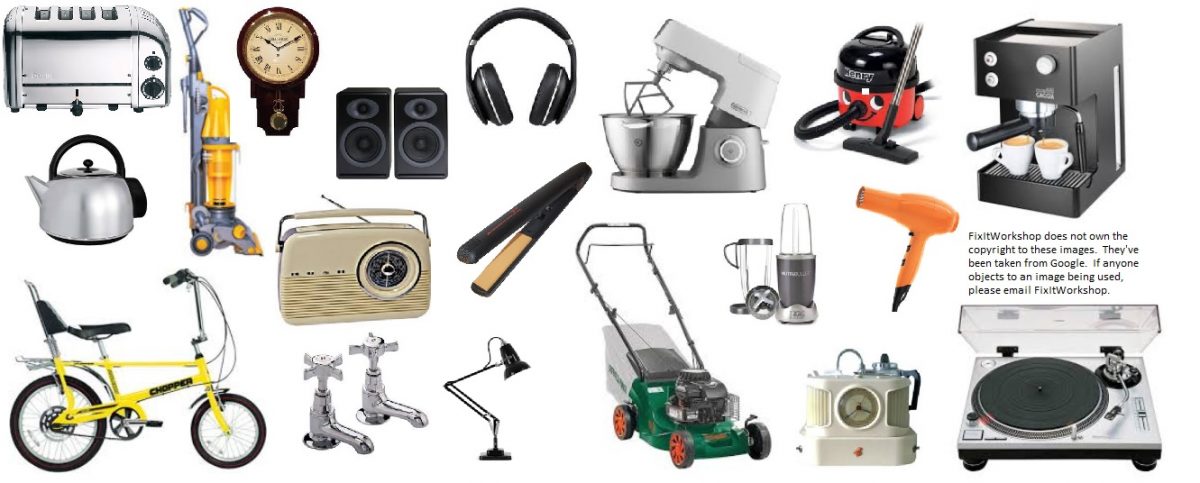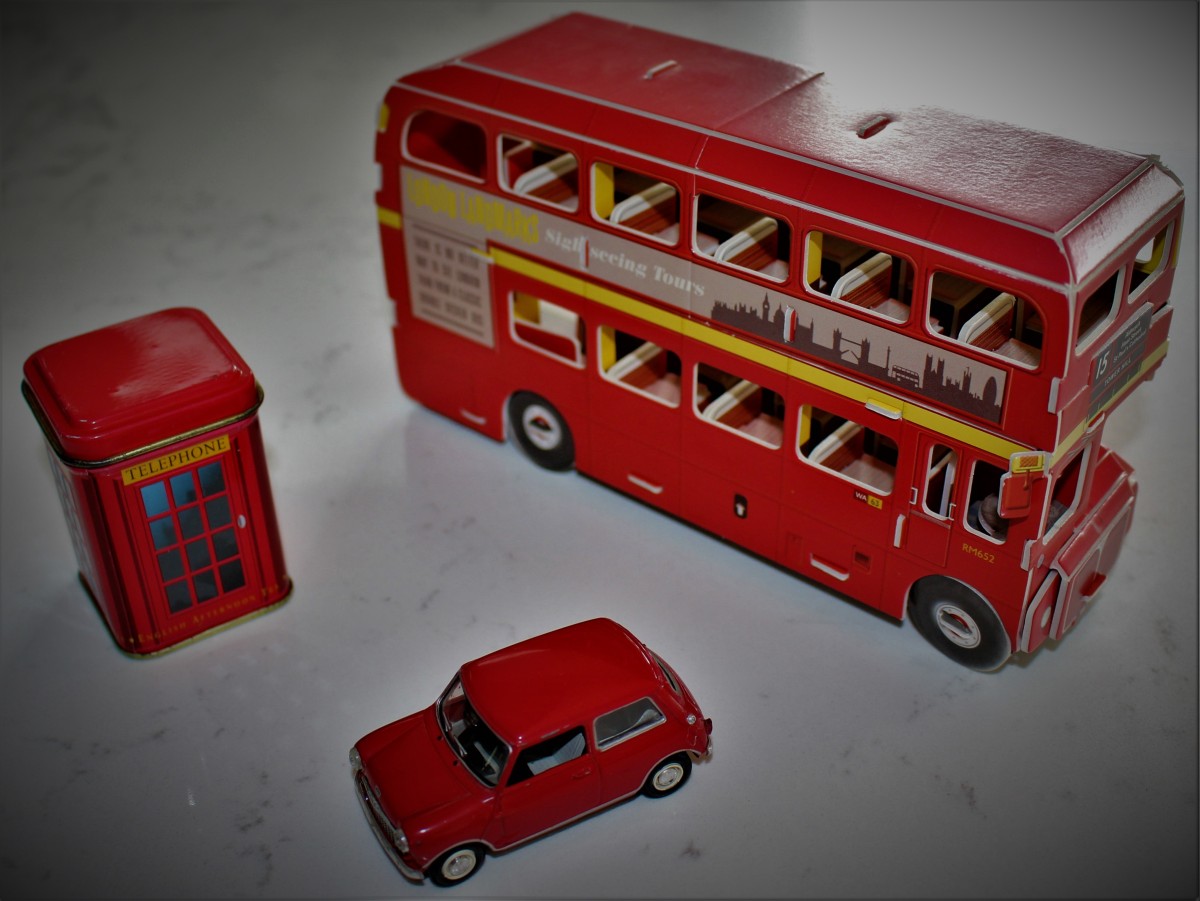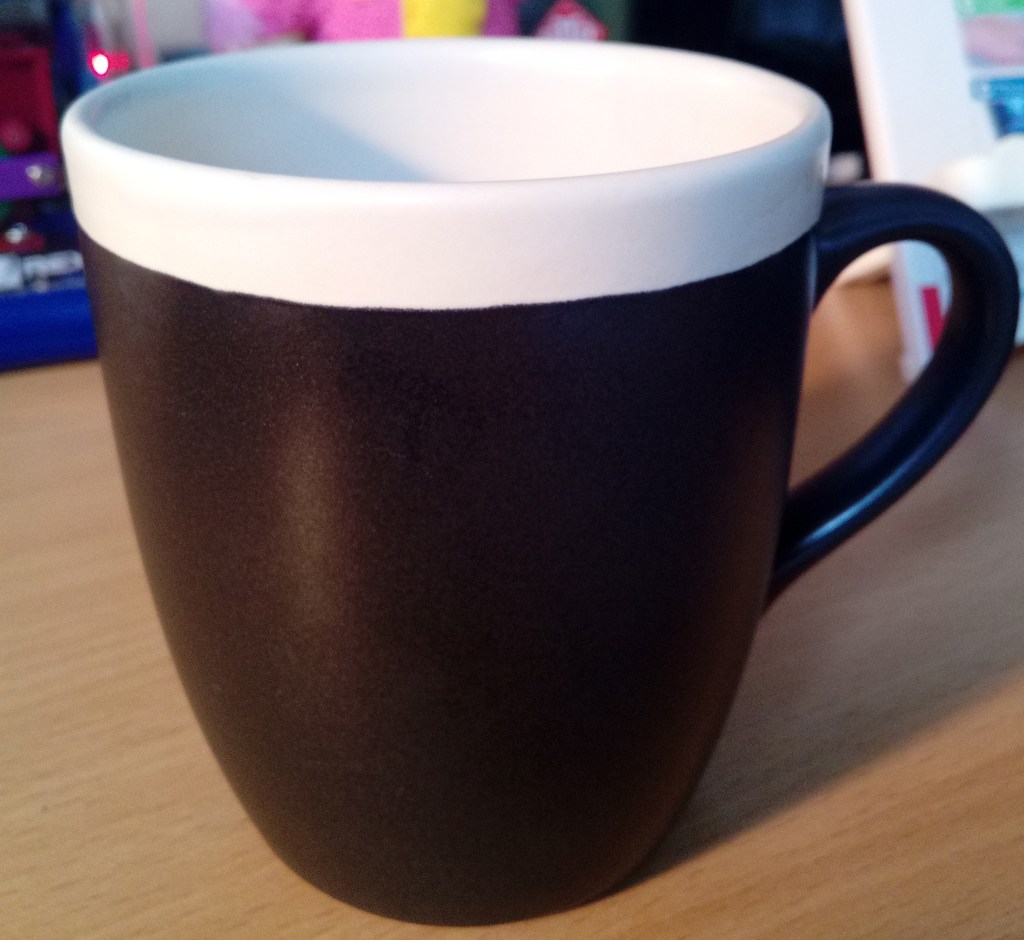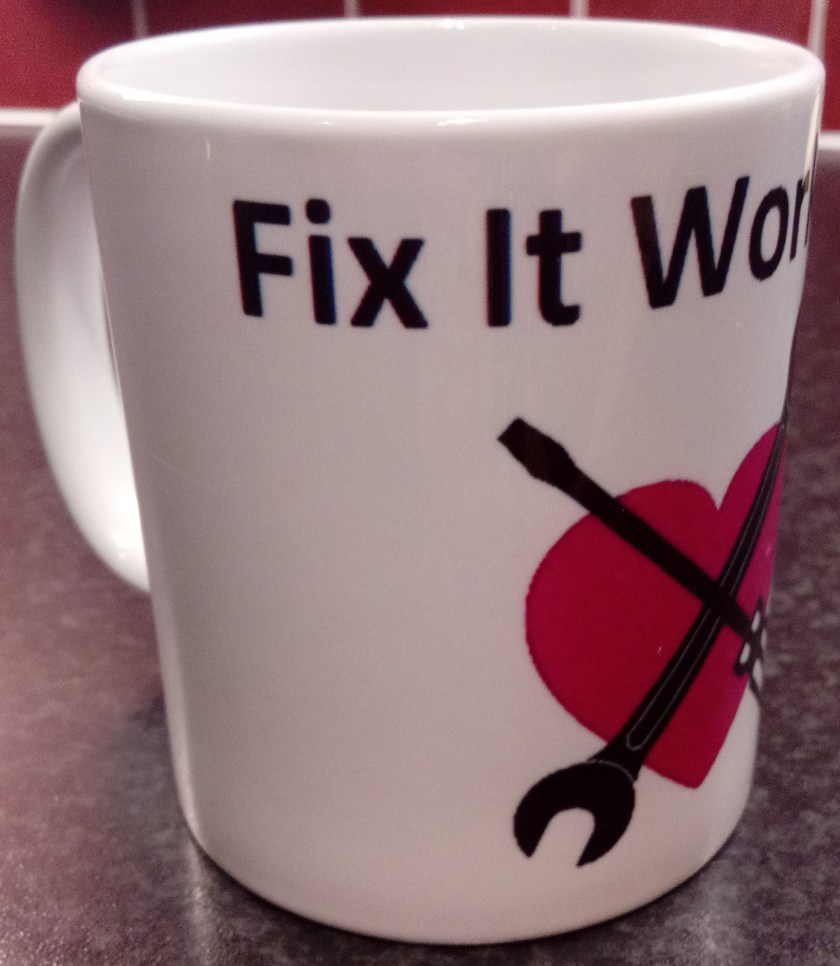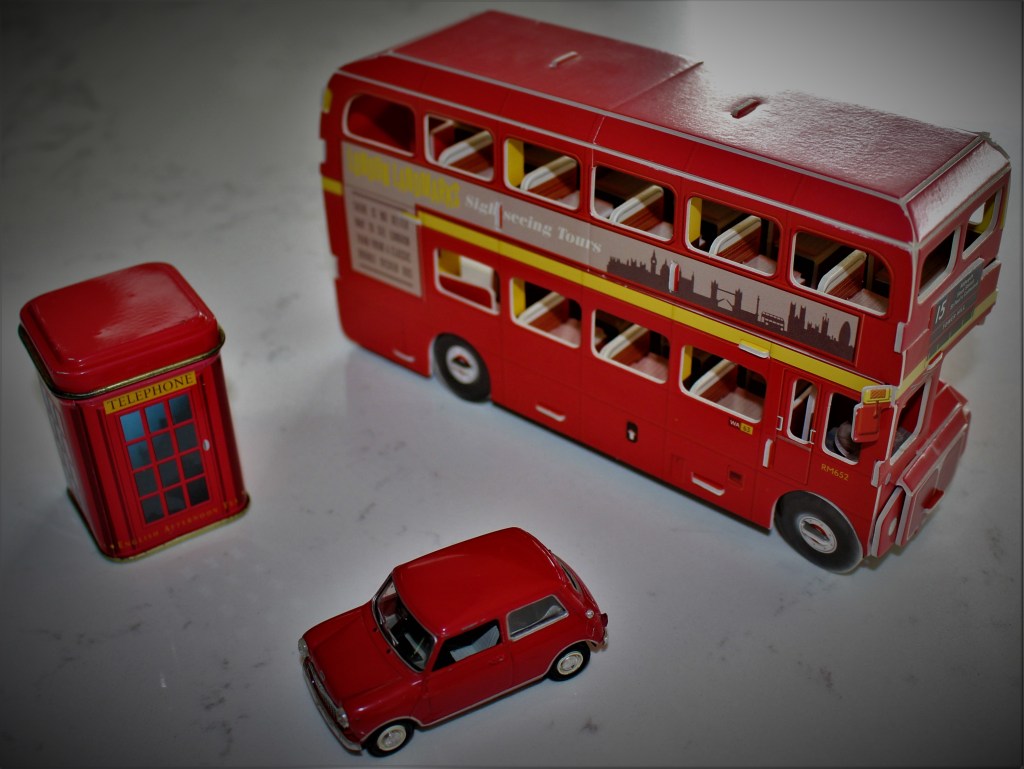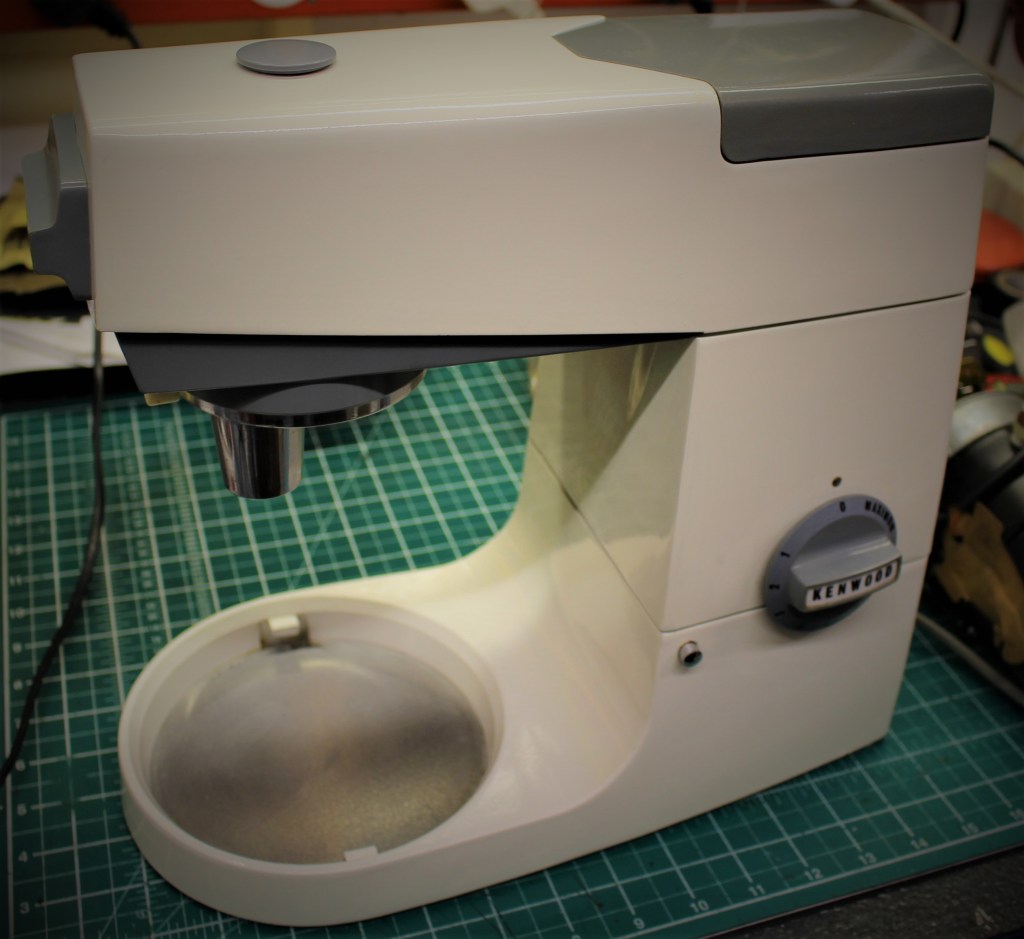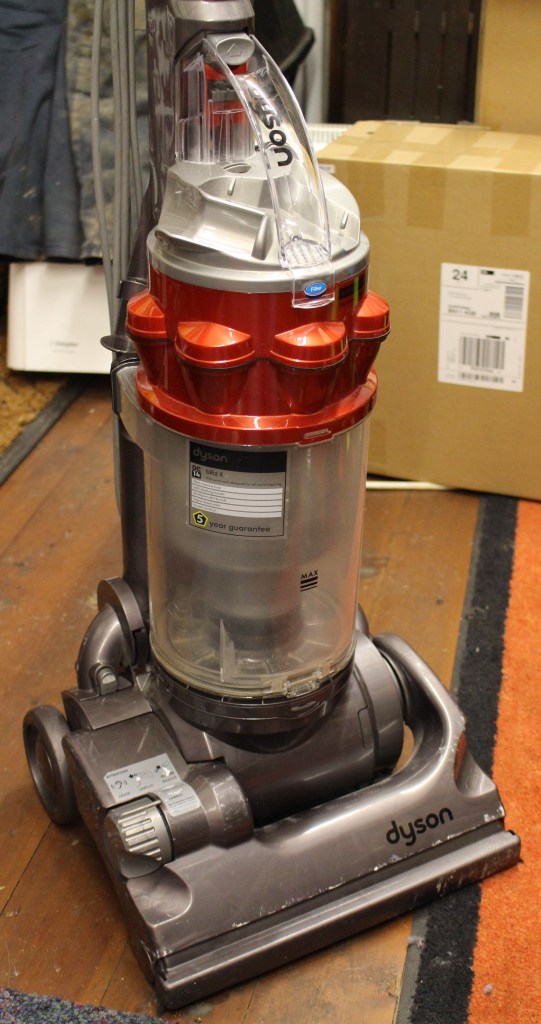You may recall adverts on tele and in the glossies a few years ago from prestige watchmaker Patek Philippe, often featuring a father and son relationship, implying that one never really owns one of their watches, but merely has custodianship of it until it’s passed on to the next generation. That’s great for the son or daughter inheriting a posh watch at the appropriate time, but please spare a moment for the poor sod, still paying for it! Anyway, this all got me thinking about our relationship with stuff.
I live in deepest West Worthing, Sussex, UK and we’re surrounded by charity, house clearance and general second-hand shops everywhere, amongst the upmarket coffee shops and tiny ‘living room’ pubs. Could be a lot worse, I guess! To ‘Magpie Matt’, it’s brilliant news, as I’m always on the lookout for interesting items, especially if they look like they can do with some tender loving care. Don’t you seek out broken and damaged items? No, just me then. One can save a lot of money by buying second-hand, but it’s only good value if you really need it. The downside is that I often return home with ‘a thrift shop bargain’ when I only popped out for a pint of milk. Great for the local economy, but, I fear that our home office has become a museum for too many ‘interesting items’!
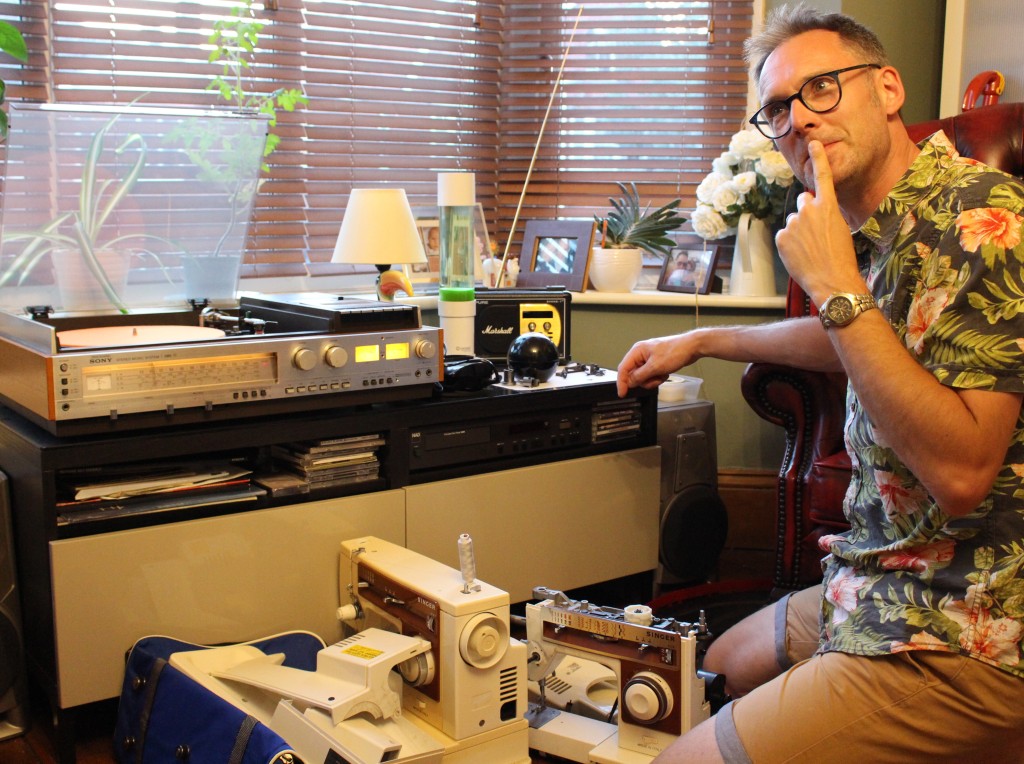
There’s a backstory for every item for sale, and I often wonder if it would be interesting to list the narrative behind every charity donation, a bit like we see at those auctions for famous paintings and jewellery, so that the customer might form more of a connection with the thing. Probable madness and an administration nightmare of course, but indeed we expect it if handing over money for a genuine rare classic watch like a Rolex – it’s all part of the experience. Every pre-loved item has something to say, good or bad.
Ditching the ‘perfectly OK and fit for purpose’ stuff we already have is the issue I think, and in these increasingly cash-conscious times, can we do more to love what we already own to save money and the planet? It’s not always easy though it is as it takes time, care and, dare I say it, cash to preserve things for longer. Of course, I don’t want to come across like a preaching bore (insert objection here) – I do buy new stuff, I live in the real world, but I’m trying to love some of the old things I have for longer, with the scratches, faded colours, missing buttons, maybe it’s an ‘age thing’?
The more times that you ‘patch something up’, get something repaired, use something past its high-fashion status, you’ll form a stronger bond with it over time, believe me.
On a slightly different road, many of the things you threw away years ago are very much still here on Earth. Think about the now collectable items you saw as junk at the time, but are now worth a mint, probably languishing in the side of a hill! Until relatively recently, the world of waste was a murky business and, in many ways, it still is – and that’s a subject for another day! So, unless you took the time to dispose of your old vacuum cleaner or hairdryer at a specialist scrap dealer back in the bad old days, the chances are that it still exists in some form, buried deep in the ground somewhere.
Remember Time Team on Channel 4 in the 1990s with Tony Robinson? I can see a new version of that show in years to come, featuring the modern equivalent digging sections of landfill sites, unearthing an abundance of 20th Century, often perfectly preserved, now ‘classic’ items. You never know, maybe one or two will still work?
So, where am I going with all this? Well, it’s the same old message I guess really. Hang on to your stuff, look after it, repair it if you can and love the signs of wear and tear. This will give the item, however cheap, expensive, rare or mass-produced more worth, whether sentimental or monetary. When the time comes and no matter how ‘grand’ the thing, pass it on to someone else who will cherish it too, after you’re done with it. You never know that one day, your faded and battered sandwich toaster be serving up a slice of nostalgia as well as a yummy retro treat in 2060! What a thought!


